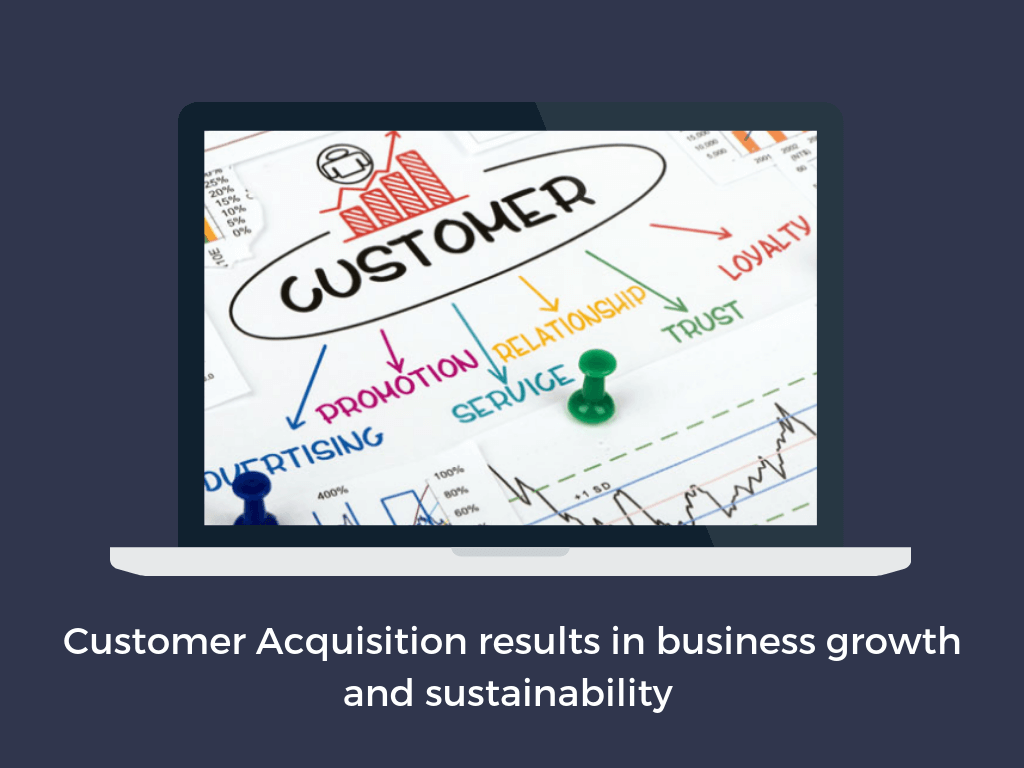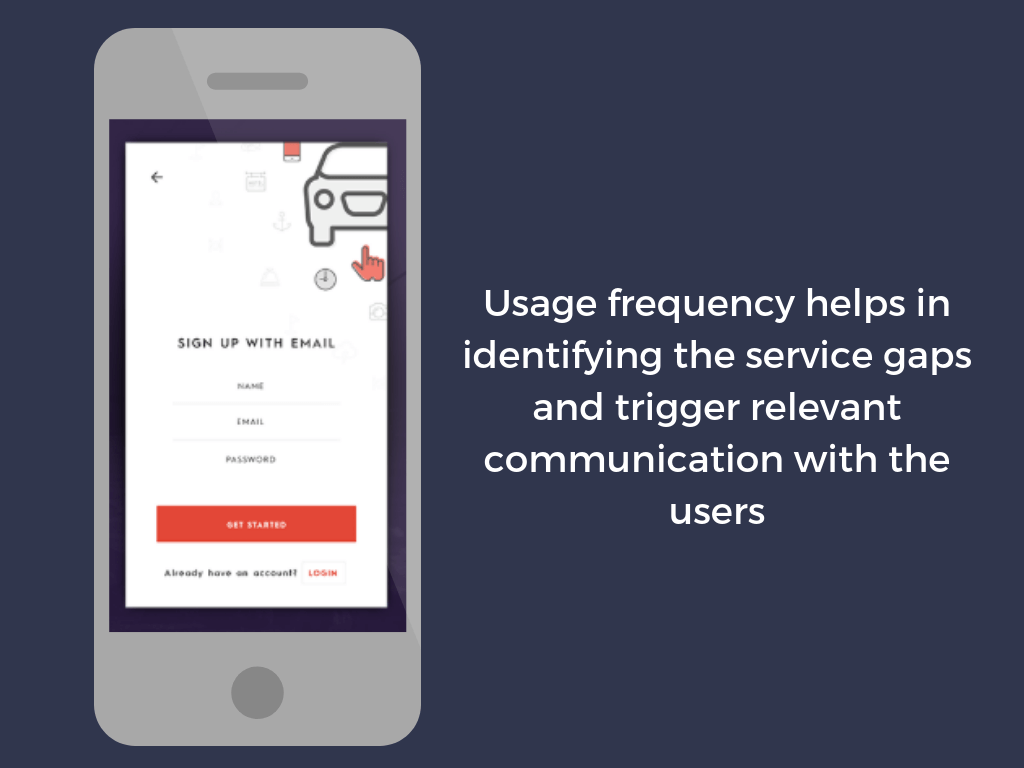
How to measure Customer Lifecycle?
Measuring Customer lifecycle helps in determining business stability and future growth. Customer lifecycle measure gives a holistic view of the business scenario.
Customer lifecycle measurement in simple words, tells you:
How many of your customers are still with you?
How many new customers from inception to now? and
As you progress in the business what is your projected future?
In today’s highly competitive world. Brands are cautiously monitoring the customer journeys and customer drop-offs.
All major brands conduct frequent NPS (Net Promoter Score) and CSAT (Customer Satisfaction) surveys. It determines whether the brand is providing 100% customer satisfaction or not.
Building a customer journey map is the starting point for customer lifecycle management.
You can read our blog 4 Essential Elements for Customer Journey Mapping to know more.
Customer journey map helps in aligning the brand with its customers better. It helps to understand customers, identify touch points, and service their needs effectively.
To frame an effective customer lifecycle program, one can leverage the following:
- A customer journey map
- Past Customer information- CRM Logs, Customer database, etc.
- Purchase history, etc.
Data-driven programs would yield higher results, and greater customer connect.
Customer Lifecycle Measures & KPIs
Customer Lifecycle measure quantifies each customer journey touchpoint into an actionable metric. It helps in measuring your overall brand performance.
New Customers Acquired
Brand awareness and brand building are essential areas to consider. However, the most important metric to focus on is new customer acquisition.

All other metrics determine your campaign’s performance, but the end goal is customer acquisition. It results in growing business value and sustainability.
Reach and Engagement
Google analytics and Social media platforms provide insights on campaign performance. It provides metrics like impression, reaches, clicks, landing page visits, cost per click and many more.
These insights lead to creating more effective campaigns. It helps in gauging the customer response for your marketing engagements and work accordingly.
Also, the following Metrics are important;
How many new visitors did you acquire through marketing efforts?
What is the Renewal share of your customer base (%)?
I.e., how many clients are coming back helps in determining the current performance of your digital marketing efforts.
Customer Queries Inflow
The measure of prospects signing up forms – inquiry, social media, registering interests, etc.
Create lead capturing assets to get more prospects into your sales funnel. Churn out blogs, whitepapers, case studies, etc.
Develop informative content format that will trigger visitors to leave their credentials for you to later target them individually.
Usage Frequency
Identify the usage levels of your products/services from the CRM systems. Find out the usage levels, usage frequency, etc.
Look for patterns such as are people using your services immediately after signing up, if yes, how is their experience.
Get answers for the following-
Are they using your product or service immediately after signing up?
How is the experience for the user? Are they satisfied?
If it is multiple user accounts, what is the usage pattern?
Are more users getting added? What are the activities performing the most?
Doing so helps in identifying the service gaps and trigger relevant communication with the customers. It also highlights their shortcomings and their requirements.

Many times, customers are not fully aware of the capabilities of the software or service they use. Create explainer videos, customer support, training, consulting, etc. to sustain the client for a long time.
Conversions/Sales
Measure the sales/conversion from all platforms – in-store, online, referrals, etc.
Measure the product upgrade requests. Identify the products/services most of your customers are looking at and create a campaign around that.
Look for whether clients are adding choices from other categories, what are the selections available, ease of access, etc.
Customer Retention
Monitor all your cancellations and identify patterns and possible reasons for drop-offs. Create retention strategies to sustain clients.
Growing business value of the clients is the answer to this. Ensure, your service is adding value to the client and supports business growth.
Customer Loyalty & Brand Advocacy
Customer loyalty is the finishing point in a brand’s journey. Yes, delighted customers continue to buy from you. It is a result of positive customer experience across their buying journey.
Now, if these customers refer their friend too, there you have them as brand advocates. It is where every brand must progress.
Summing it up all, the most important metric to look for is the customer lifecycle value.
It is a way to determine the customer’s monetary worth for a business.
It helps to find out how much to invest in gaining new customers vs. how much you earn from repeat business with your customers.
Thereby, businesses can make informed decisions while acquiring new customers. It also helps in not just growing the customer base without futuristic value but with a defined goal.
Thus, through an efficient lifecycle management business can –
Win more customers, retain existing ones and gain long term sustainability.
To better know about Customer Lifecycle, you can read our blog on the Stages of Customer Lifecycle Management, and also don’t forget to follow our insights page for more such interesting content!

